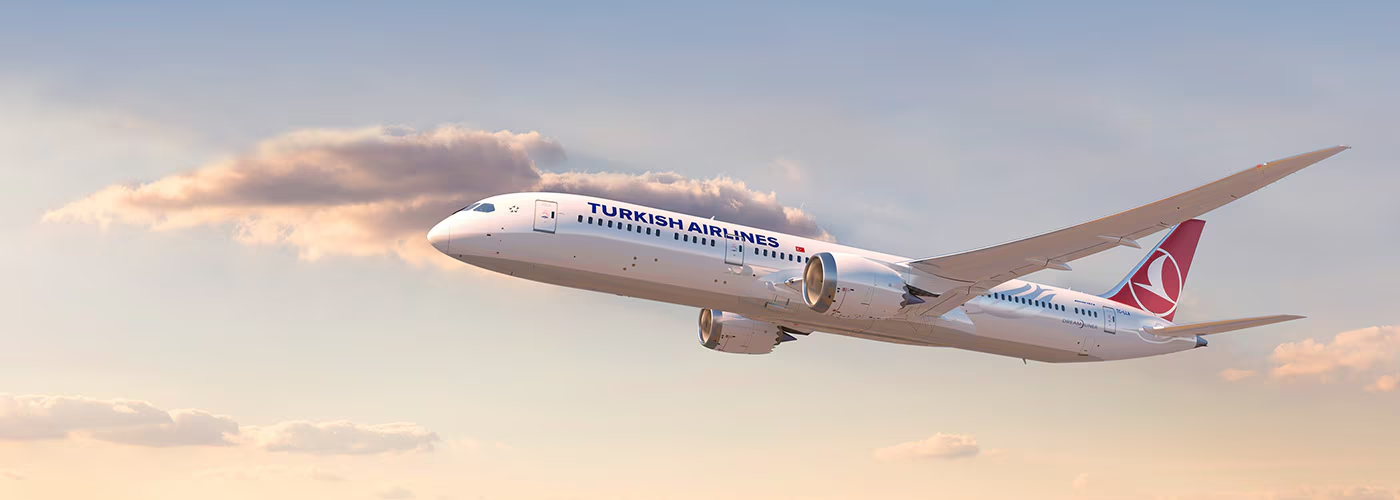How Long Can Commercial Aircraft Last?
Aircraft, similar to other machines, possess a predetermined lifespan. This lifespan hinges on the structural integrity’s capacity to endure flight-induced stresses. The principle of stressed skin serves as the basis for the aircraft’s structural design, where the skin, along with the frame, beams, and ribs, act as the primary load-bearing components. The lifespan of an aircraft is primarily influenced by its operational cycles and hours. Typically, modern commercial airliners are constructed to withstand approximately 30,000 cycles. In terms of years, an airframe’s longevity ranges from 25 to 35 years. This article highlights the expected lifespan of several notable jetliners.

Pressurization cycles
Pressurization cycles contribute to the stress experienced by an aircraft’s structure during flight. A typical day for a narrowbody jet, such as the Airbus A320, includes 5-6 flight sectors. This frequent exposure to structural stress shortens the aircraft’s service life.
Operational lifespan strategies for an airliner are defined through fail-safe and safe-life manufacturing philosophies. The fail-safe approach ensures that the structure remains intact even if a component fails. For instance, the airframe undergoes considerable stress due to frequent pressurization cycles, leading to fatigue, cracks, and potential breakages.
Should a section of the airframe sustain damage, this does not result in a total structural failure. The stressed skin design principle aids in preventing the fuselage from rupturing entirely. Conversely, the safe-life philosophy enables manufacturers to design reduced inspection programs for systems that are not amenable to fail-safe configurations.
Landing gears

Landing gears in aircraft, due to the significant stress experienced with each landing, do not fall under fail-safe operations. Instead, a safe-life strategy is adopted, reducing inspection frequencies to detect potential issues well before any failure occurs.
The landing gear of an aircraft is designed to endure 30,000 routine landings before a mandatory inspection is necessitated to identify any irregularities. Nonetheless, the safe-life approach mandates a comprehensive stress inspection once 10,000 cycles have been reached, thereby minimizing the risk of overlooking fatigued components.

Concerning the longevity of commercial airframes, manufacturers strive to find a balance between the stringent limitations of safe-life components and the failure mechanisms within fail-safe designed systems. Short-range narrowbody jets are generally engineered for 50,000 flight cycles. Assuming an average of five flight cycles daily, such an aircraft is projected to remain operational for 27 years, this duration includes periods allocated for maintenance.
The bottom line
Long-range widebody airliners, like the Boeing 747, are constructed to endure approximately 30,000 flight cycles. Given an average of 1.2 cycles each day, these aircraft can operate for over forty years. The lifespan for newer, composite-based widebody airframes, such as the Boeing 787 Dreamliner, is significantly extended, with a design life of 44,000 flight cycles, as per Boeing’s specifications.

Unconventional operations and circumstances can lead to the premature aging of airliners, despite many having over thirty years of service potential. Aircraft engaged in frequent short-distance flights endure additional stress on their airframes and wings, accelerating wear and tear. For instance, airplanes utilized for brief inter-island services by Hawaiian Airlines experience accelerated aging.

Economic considerations also lead to the early withdrawal of some models from service. The Airbus A380, for example, was retired early by several leading airlines due to its decreased economic appeal, leading Airbus to cease its production amidst diminishing demand.
Moreover, the entry of new, more economical aircraft into the market hastens the retirement of older, less efficient models. Consequently, airlines often update their fleets to include more fuel-efficient aircraft and offer the latest advancements to their clientele.
Sources:
- Aviation File
- Simple Flying
- Featured image: Boeing746 | iStock
Youssef Yahya is the CEO and Founder of Aviation for Aviators, a platform dedicated to the aviation industry. With over 3 years of experience as an aviation writer, Youssef is passionate about sharing his insights on aviation, entrepreneurship, and the broader business landscape. As a Teaching Assistant in Entrepreneurship at Nile University, he also nurtures the next generation of entrepreneurs. When he’s not exploring the skies or business ventures, you can find him saying, ‘Drag your coffee, and let’s talk aviation, entrepreneurship, and football.’
You might also like:
- Will You Feel Safer Knowing That the Crew on Your Flight Are All Vaccinated?
- Qantas Finalises Order for Nine More Airbus A220-300s
- Airbus is planning to expand the A320 production next year
- Emergency calls
- Understanding Aviation SSR and Why Are They Important
Discover more from Aviation for Aviators
Subscribe to get the latest posts sent to your email.














Post Comment